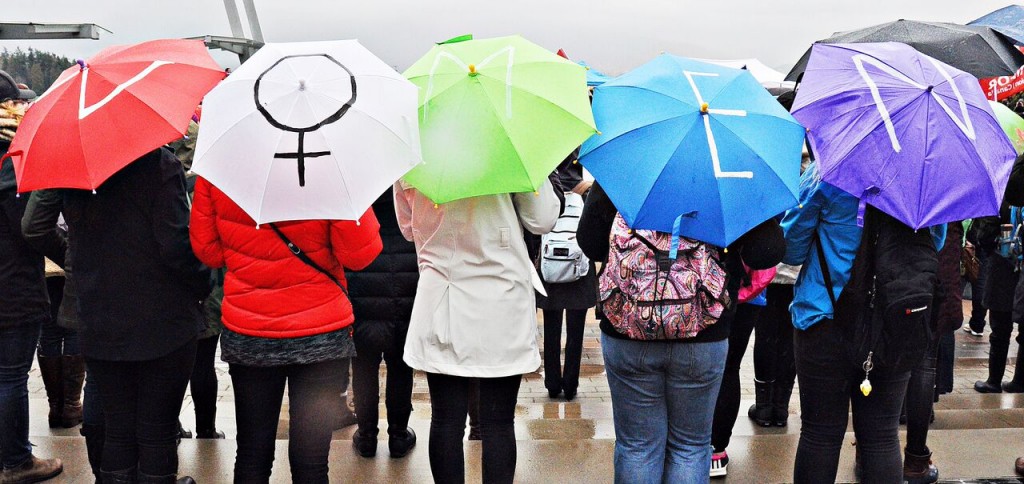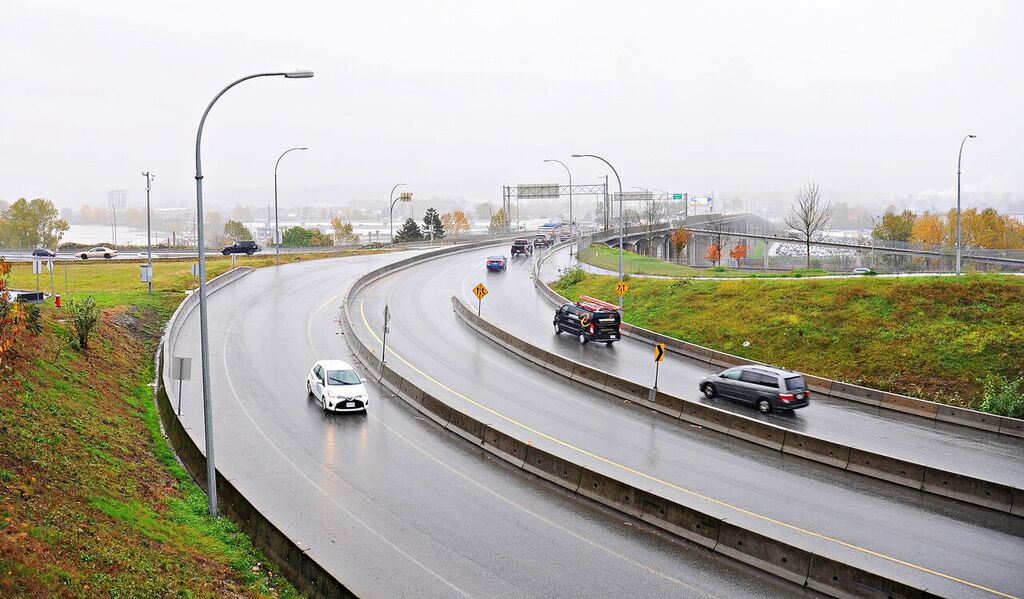Death toll tops 360 and is expected to rise
By Aleeze Asif, Contributor
Just six months after a deadly magnitude-7.8 earthquake killed thousands in Nepal, South Asia was hit with another earthquake of immense proportions. The earthquake struck around 2 a.m. PST, on October 26, measuring at 7.5 on the Richter scale according to the United States Geological Survey (USGS). Its epicenter was the Hindu Kush mountain range in north-east Afghanistan. Tremors were felt hundreds of miles away in Pakistan and Northern India.
Although the earthquake had its epicenter in Afghanistan, the majority of the fatalities reported so far are from Pakistan. CNN has reported 248 fatalities in Pakistan, 115 in Afghanistan, and a single death from the Indian side of the disputed territory Kashmir. These numbers are expected to rise significantly as rescue teams continue their efforts.
Alisha Yaseen, a student, was alone in her house when the quake shuddered her house “slowly at first, then more and more violently.” She opened up about her experience, saying: “I could see the fan, the fridge and the wall hangings shake left and right. It was so dreadful. When I came outside on the road, I could see my neighbours and office workers standing and praying to Allah for their forgiveness.”
Yaseen expressed her concern about the fact that no one was ever educated on what to do in case an earthquake ever hit. “It is a sad reality but no seminars have been conducted in the schools and colleges. The kids do not need to practice how to evacuate the school buildings and how not to rush into each other, [but]the news channels do provide you with the helpful information on how to secure yourself from any mishaps during the earthquake.”
Muhammad Lateef, an administrator at a preschool, revealed the chaos that the earthquake caused in his district. “Everyone was running towards the exits, reciting verses from the Quran. The adults seemed far more frightened than the children, maybe because the children aren’t as aware of the destruction an earthquake can cause. I’m not easily frightened, but the way the buildings were swaying, I didn’t know buildings could do that. I saw two buildings that were about a foot-apart touch slightly a few times as the earthquake made them waver side to side. They were scraping concrete off one another!”
Lateef continued, expressing his worry for his friends who went to Neelum Valley in the northern areas of Pakistan over the weekend: “The quakes always take their toll on the northern areas. I can’t reach them. I don’t know if they’ll make it back.”
The northern mountainous areas of Pakistan are chockfull of unstable, poorly made structures. The infrastructural development of these areas has been neglected by the government as the Pakistani Army tries to keep the Taliban and other extremist groups from gaining power.
Rescuers are trying desperately to access the remote areas in Pakistan’s Khyber Pakhtunkhwa province, where the earthquake ripped through the region, causing landslides and flattening houses.
The quake has left thousands of families homeless. Officials have expressed concern about pushing aid towards parts of Afghanistan where there is a growing presence of the Taliban. Yet even the Taliban has urged humanitarian groups to not hold back aid to the victims.
The Oxfam group’s humanitarian director Jane Cocking told CNN that as the harsh winters close in, the survivors who have lost their homes to the earthquake “will need protection from the elements, food, clean water and hygiene essentials.”
Oxfam, The British Red Cross, UNICEF, Doctors without Borders and other non-profit organizations continue to provide aid to areas affected, accepting donations and providing aid to the victims of this tragic disaster.

